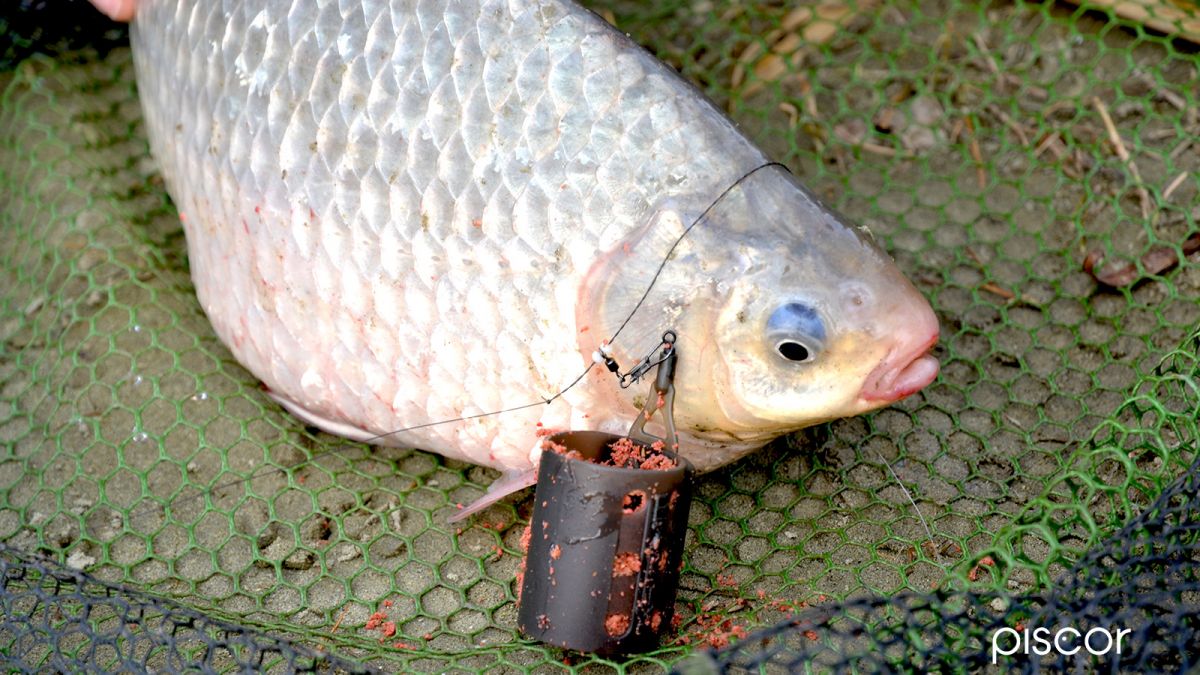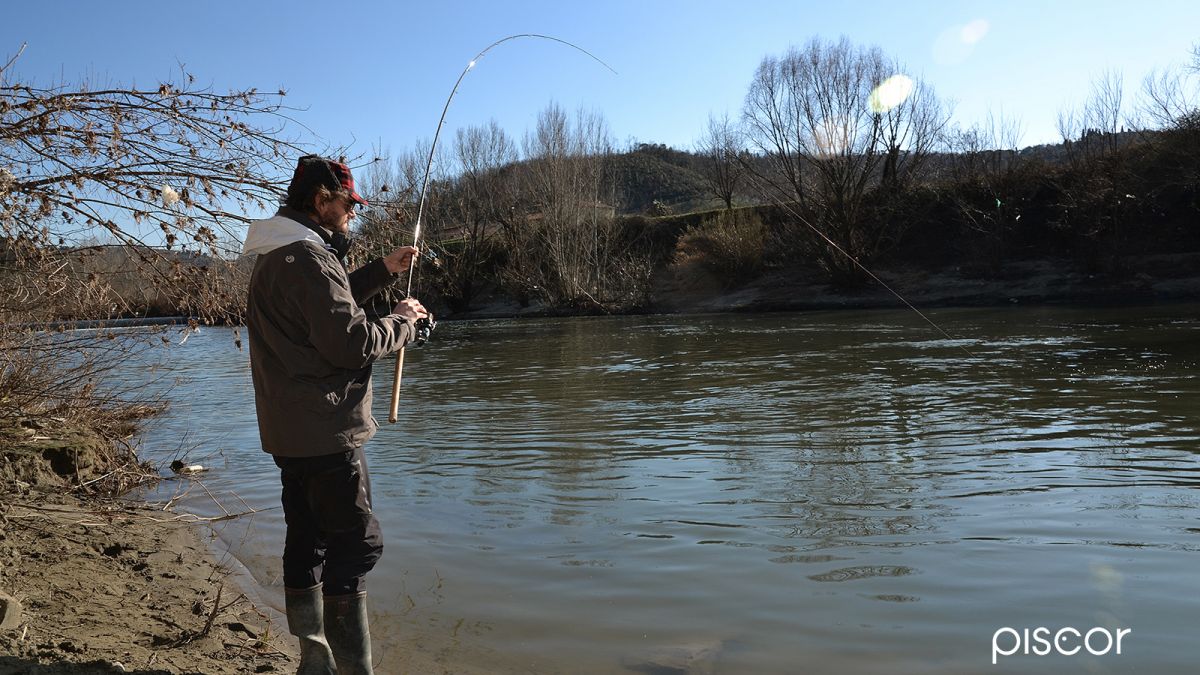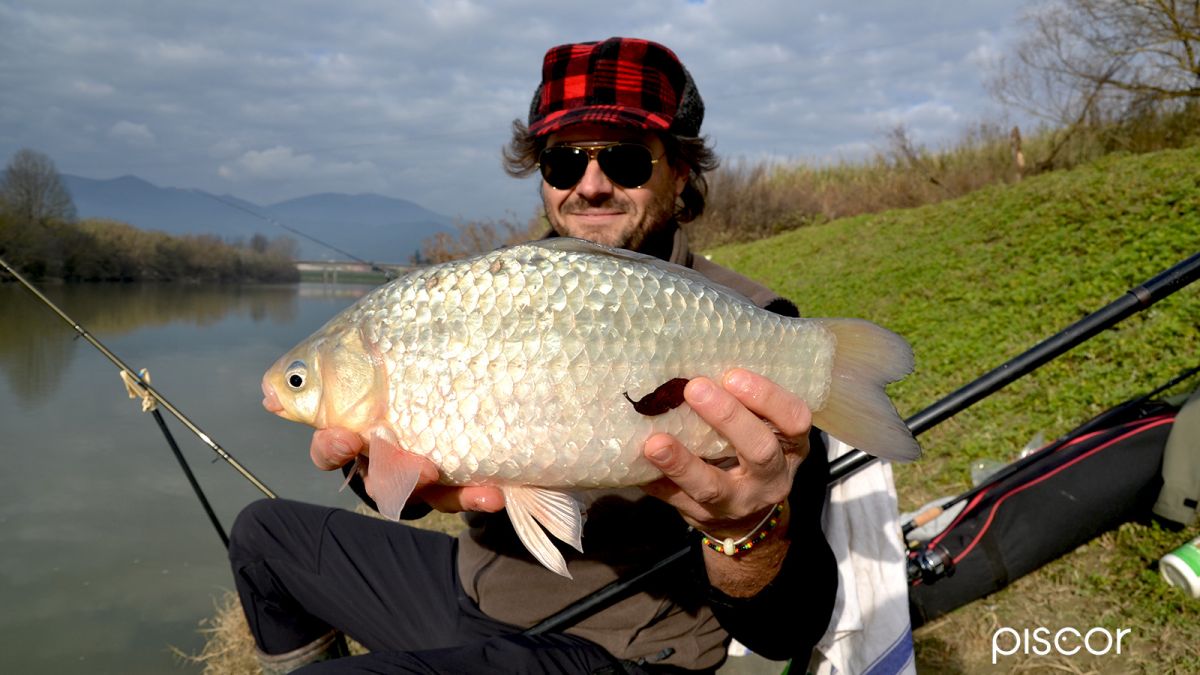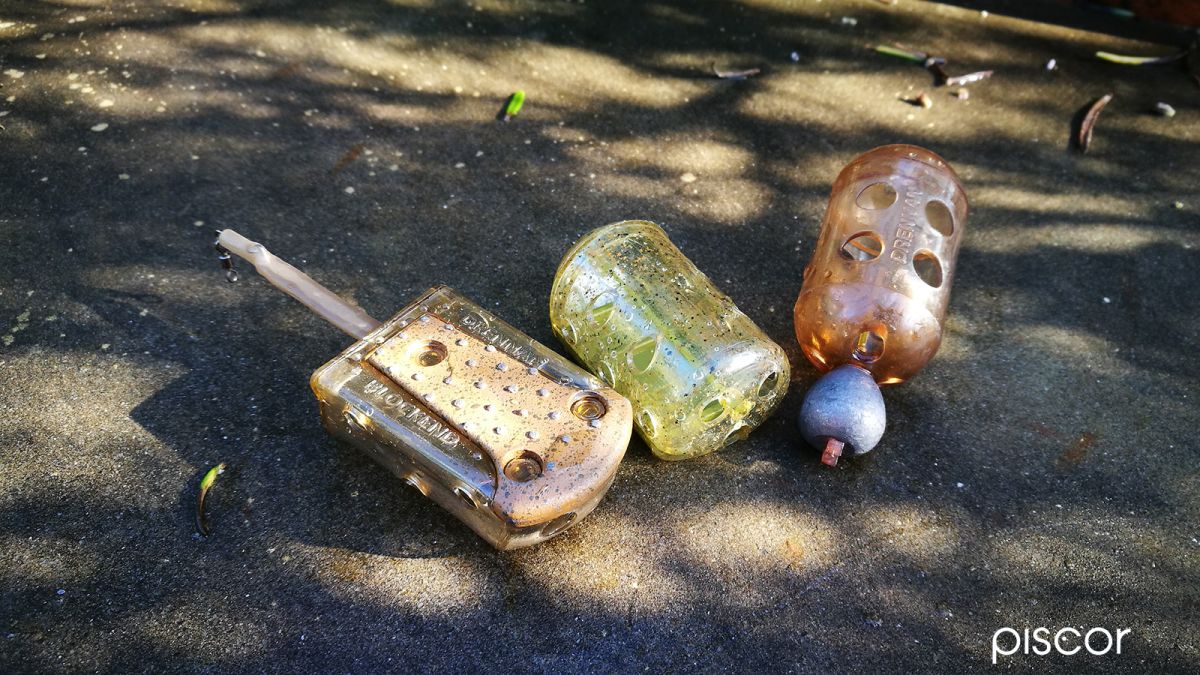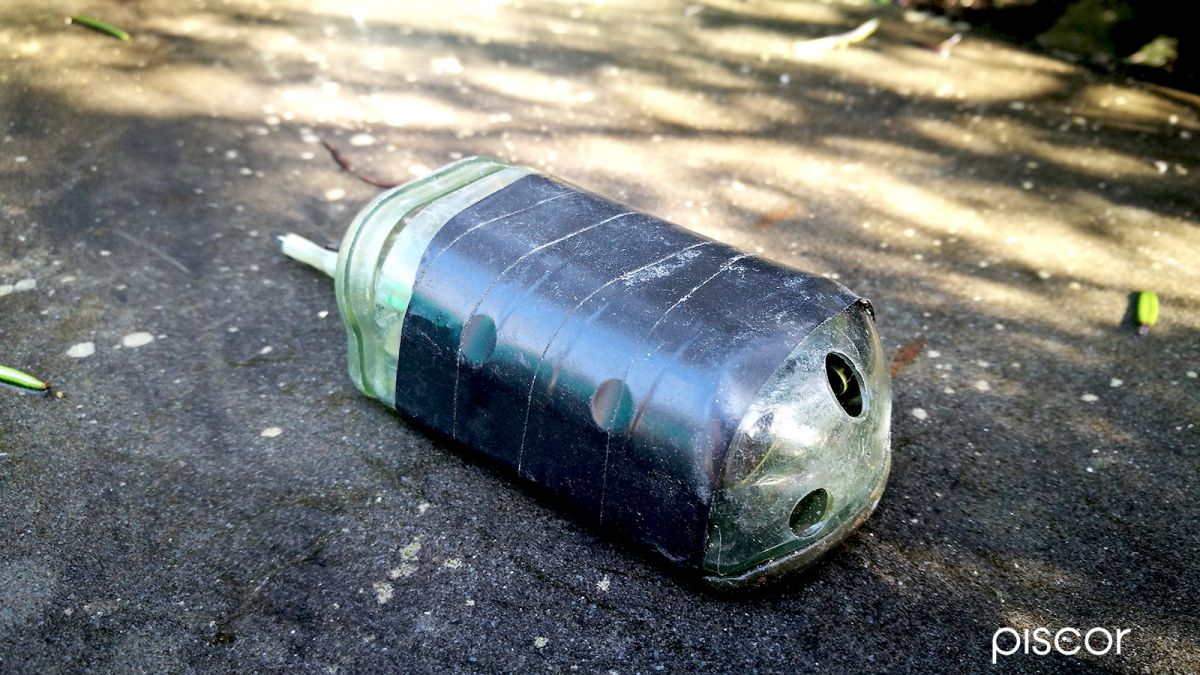A journey that will lead us through various spots to discover a deadly technique. Introductory guide.
It is one of the most catchy fishing systems ever invented and it adapts to any type of water and almost any fish. Its effectiveness makes it deadly, especially in strong currents, where it is impossible to practice other techniques, but it becomes deadly even in still water and slow if practiced with the right knowledge.
Let's try now to understand more about one of the most important inventions in fishing with natural bait, the Feeder.
This is a technique invented and developed in England, exported in short to all Europe where it has found fertile ground for development.
The idea is simple and is to replace lead with an accessory that has the dual function of carrying hook and bait at variable distances depending on the point where the fish are stationed, but above all to serve as a point of attraction by offering them groundbait or any other type of food.
In other words, in contrast to what is done with normal fishing where groundbait is used to attract fish near the point where we fish, the feeder gives you the opportunity to go directly "into the house of fish", even casting long distances.
This means firstly, the possibility of taking food far away from the angler thanks to the rod casting power, secondly, to do it with the utmost precision, and thirdly, with extremely limited waste of groundbait , because you don't need large quantities to attract fish, as is the case with other techniques. The groundbait in the feeder is more than enough to keep them active.
According to the general rules this technique is based on these measures: rods from 3.60 to 4 meters and reels from 2500 to 3000, however fishing with the feeder, if carried out in special conditions, may need very powerful rods and reels that can go up to 6000.
In other words, it is a fishery that may require rods and reels close to beach legering, a rather "heavy" technique very similar to the more famous surf casting.
It is enough to remember that to catch the barbs in rivers with very strong and deep currents, sometimes you need feeders sized over than 150 grams which, once filled, can reach over 200 grams. To cast these ballasts without risking the integrity of the rod and to have the maximum precision, you need a tool with absolute reliability and strengh.
Feeder Fishing is not allowed in competition in Italy, as in almost all the rest of Europe, while in England is often allowed.
The reason for this is that this technique is extremely effective and would, in most cases, go beyond all other techniques.
But it doesn't matter to those who fish outside of competitions, in fact, it's a technique to have fun and catch incredible amounts of fish.
The blockend feeders
The blockend feeder is the most well-known. It is a cylindrical perforated container closed at the ends with two "caps", also perforated.
They are usually made of transparent plastic, either neutral or brown or green to camouflage on the bottom. Blockends are usually used to transport small worms which, once the feeder has reached the bottom, then come out of the holes.
Blockend feeders are available in two different models: cylindrical and flattened parallelepiped. The two models are intended for different situations. If there is no current, cylindrical feeders will avoid the risk of rolling on the bottom, while in current, it is better to use a flat blockend.
To Adapt the holes
The output speed of the worms depends on several factors. First of all, the size of the holes: the larger the diameter, the faster the feeder will be emptied. Then, the outdoor temperature and water temperature. If it gets hot and the little larvae are very "agitated" they will exit very fast and in less than thirty seconds the feeder will empty.
Another very important factor in emptying the feeder is the current. If you want a slow emptying (this happens, for example, when there is little fish around) you need to use feeders with smaller holes or close some holes with insulating tape.
The Ballast
In blockend feeders, lead can be put in two different positions. It can be applied externally to the surface or at the lower end. In the second case, it will be much easier to use and, above all, much more accurate because it goes straight like a float. However, in the first case, we have a feeder much more stable in current because it lies on the bottom , while with the lead at the end it will stay vertically, dispersing groundbait very quickly .
Of course, with flat feeders, ballast can only be applied on the side.
The openend feeder
They are identical to blockends but do not have "caps" at the ends. They have been designed to contain more or less pressed flours. In running water, a rather wet mixture is required which, after being pressed inside, takes a fairly long time before the force of the water breaks it down.
In still water, on the other hand, the groundbait must not be very wet because it flakes quickly. You can also add larvae to the mixture. In the classic openend feeder, the ballast can only be put on the surface.
The cage feeder
In a way, they can be considered as classic open ends, but with cage feeders you get a much faster breakdown of the groudbait because the surface in contact with water increases considerably.
With this type of feeder you mast use a more sticky groundbait or, it must be really well-pressed to avoid losing it during the casting phase.
First of all Precision
The main secret to getting the most out of fishing with the feeders, is to be as precise as possible in the casting trying to drop the feeder always in the same spot. This will prevent the dispersion of groundbait and concentrate fish in a limited space.
To obtain a series of precise casts, simply block the wire of the reel with the clip, or mark it with a marker or with the special white dough available in fishing shops. For more accuracy, a reference point must be taken on the opposite side (a shaft, a pole, etc.) and aimed when casting.
For the maximum precision you need a feeder of the right weight: not too light and not too heavy.

